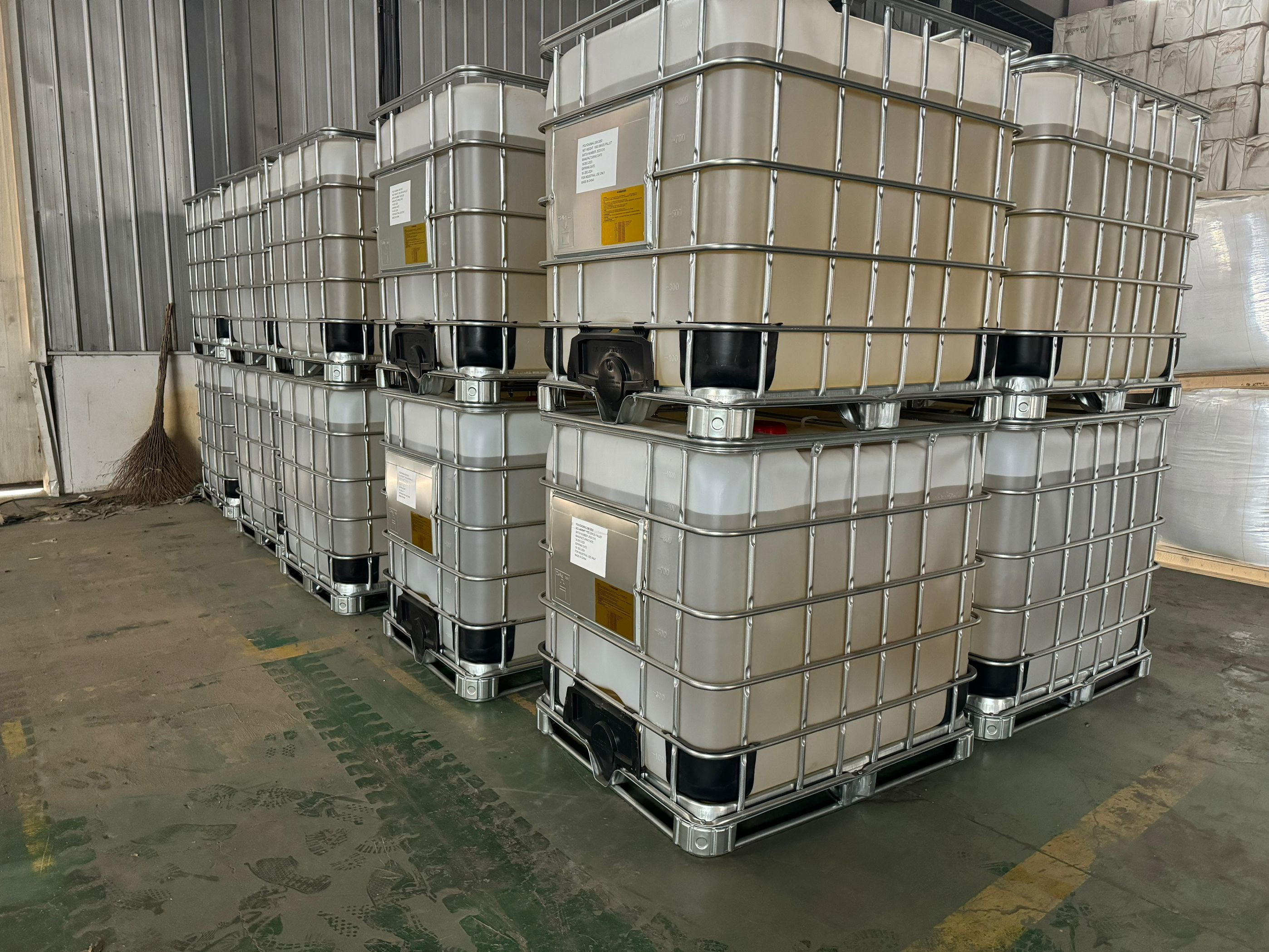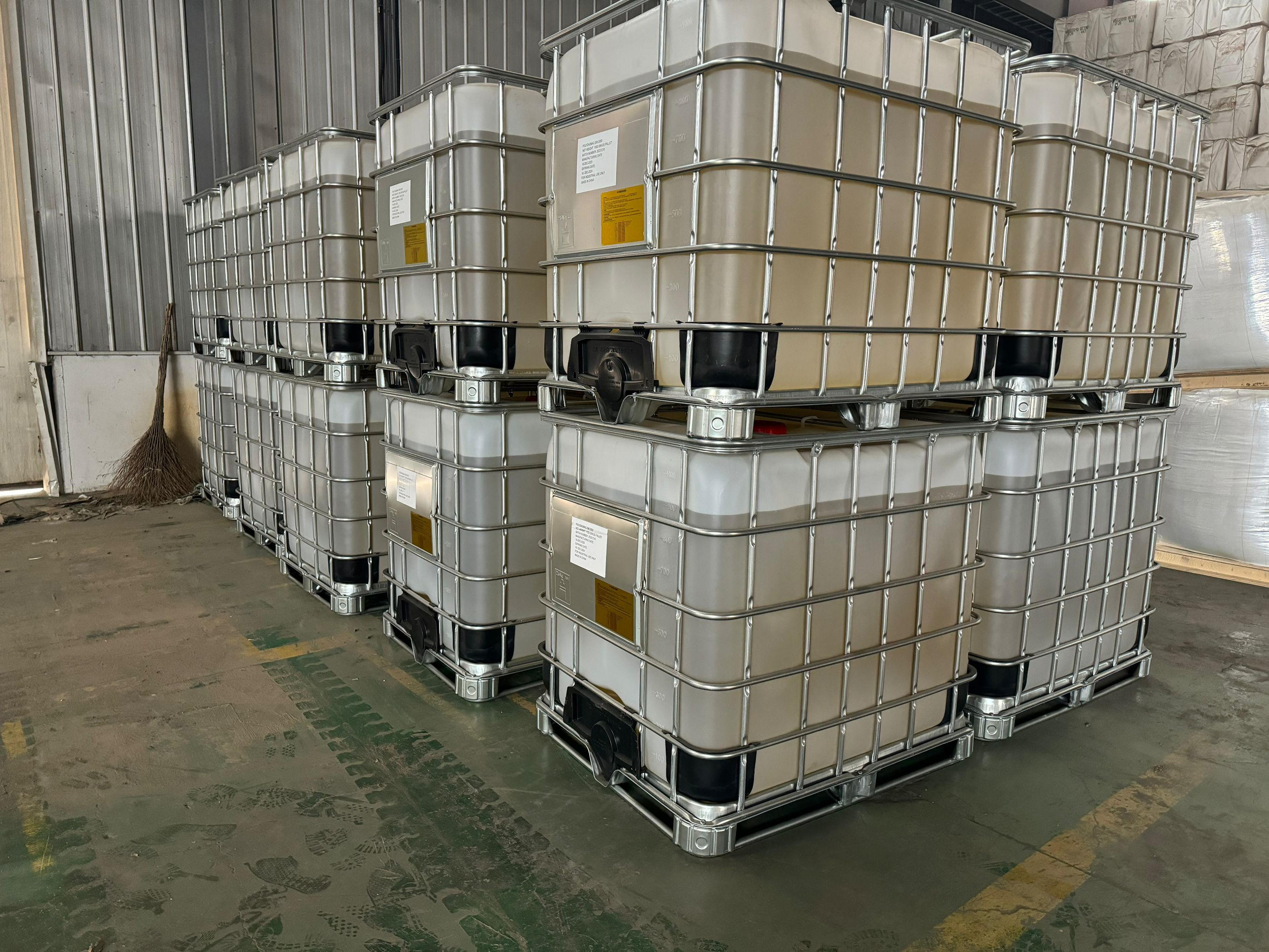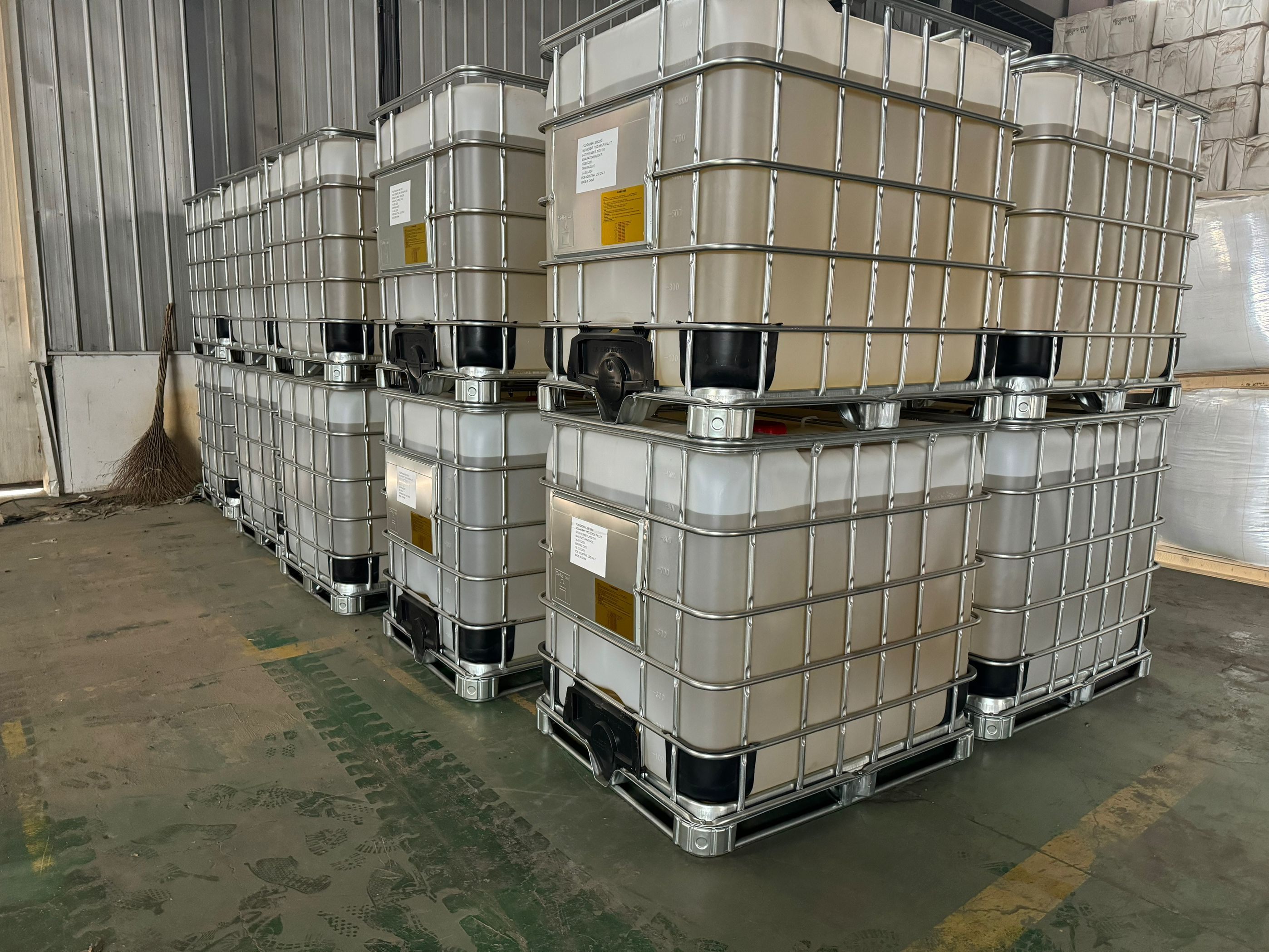PolyDADMAC is a water-soluble, strong cationic polymer derived from the monomer diallyldimethylammonium chloride.
polydadmac(FL4820 FL4450)can be replaced by ASIAFLOC FL series
Material
- polydadmac
Color
- light yellow
Application
- water treatment ,mineral processing
Certificate
- ISO9001 ,ISO14001
Place of Origin
- China
Brand Name
- asiafloc
Usage
- water treatment ,mineral processing ,textile ,oil and gas
Applications of PolyDADMAC
1. Introduction to PolyDADMAC
PolyDADMAC is a water-soluble, strong cationic polymer derived from the monomer diallyldimethylammonium chloride. It has a quaternary ammonium functional group that provides a permanent positive charge, independent of pH. This property makes PolyDADMAC highly effective in neutralizing negatively charged particles, colloids, and organic matter in water. Its cationic nature, combined with its polymeric chain structure, allows it to act as both a coagulant and a flocculant aid across multiple industries.
PolyDADMAC exists in different molecular weights and concentrations, typically as a liquid solution with 20–50% solid content. Its stability, efficiency, and adaptability to various treatment conditions make it one of the most widely applied synthetic organic coagulants in the world.
2. Municipal Water Treatment
The primary application of PolyDADMAC lies in municipal water purification. In this field, it is used as a primary coagulant to clarify raw water by destabilizing negatively charged particles such as clays, silts, organic humic substances, and algae.
Drinking water production: PolyDADMAC is approved in many countries for use in potable water treatment because it is non-toxic, highly effective, and leaves fewer by-products compared to aluminum or iron salts. It significantly reduces turbidity, improves filter run times, and enhances disinfection efficiency by lowering organic precursors that contribute to disinfection by-products (DBPs).
Clarification in low-turbidity waters: In low-turbidity river water, conventional inorganic coagulants may perform poorly. PolyDADMAC provides strong charge neutralization even at low dosages, making it ideal in such scenarios.
Combination with inorganic coagulants: Often used with alum or ferric salts, PolyDADMAC improves coagulation efficiency, reduces sludge volume, and lowers chemical consumption.
3. Wastewater Treatment Applications
a. Municipal Wastewater
PolyDADMAC is employed in municipal wastewater treatment plants to remove suspended solids, organic matter, and phosphorus. It improves primary settling tank performance, increases sludge compaction, and enhances dewatering efficiency.
b. Industrial Wastewater
Many industries generate effluents containing dyes, heavy metals, oils, and finely dispersed solids. PolyDADMAC’s strong cationic charge makes it highly effective in treating such waste streams:
Textile wastewater: It decolorizes dye effluents, removes surfactants, and lowers chemical oxygen demand (COD).
Food processing: Useful in effluents with high protein, starch, and fat content, improving clarity and reducing biochemical oxygen demand (BOD).
Chemical and pharmaceutical industries: Effective in separating complex organic and colloidal matter, enabling compliance with discharge regulations.
Mining wastewater: Assists in separating clay slimes and fine particulates from water streams, improving water recovery for reuse.
4. Sludge Dewatering and Conditioning
One of the most critical uses of PolyDADMAC is in sludge management. Wastewater treatment generates large volumes of sludge with high water content. PolyDADMAC:
Enhances sludge thickening by aggregating fine particles.
Improves mechanical dewatering (centrifuges, belt presses, filter presses) by yielding drier cakes.
Reduces sludge handling and disposal costs by minimizing volume.
By combining PolyDADMAC with high molecular weight cationic polyacrylamides, treatment plants achieve optimal results in terms of dryness and filtrate clarity.
5. Papermaking Industry
The papermaking industry is another major consumer of PolyDADMAC. Its applications include:
Retention and drainage aid: PolyDADMAC neutralizes the negative charges on cellulose fibers and mineral fillers, promoting better retention of fines, fillers, and additives on the paper sheet. This enhances paper quality and machine efficiency.
Fixing agent: It binds anionic trash (dissolved and colloidal substances that interfere with papermaking) to prevent deposition on machinery and improve system runnability.
Conductivity control: Helps maintain chemical balance in closed water circuits by controlling charge levels.
Sizing promoter: Improves internal sizing efficiency by aiding in the retention of hydrophobic sizing agents.
By improving retention and reducing white water load, PolyDADMAC contributes to cost savings, improved paper quality, and environmental compliance.
6. Oilfield and Petroleum Applications
In the oil and gas sector, PolyDADMAC plays an important role in produced water treatment and oil–water separation:
Demulsifier aid: Facilitates separation of stable oil–water emulsions in produced water streams.
Clarifier: Removes suspended solids and oil droplets, making water suitable for reinjection or discharge.
Enhanced oil recovery operations: Used in some formulations to improve water quality for reinjection wells.
Its ability to handle high salinity waters and stability under harsh conditions makes PolyDADMAC suitable in offshore and onshore oilfield operations.
7. Mining and Mineral Processing
PolyDADMAC is also used in mineral beneficiation processes to assist with:
Tailing pond water clarification
Slime removal in bauxite, coal, or phosphate processing
Improving solid–liquid separation for water recycling within mines
These applications enhance resource efficiency and reduce environmental impacts of mining operations.
8. Specialty Applications
Beyond the traditional water and industrial uses, PolyDADMAC finds applications in niche sectors:
Cosmetics and personal care: Occasionally used as a conditioning polymer in hair products due to its cationic charge that binds well to negatively charged hair surfaces.
Swimming pool water treatment: Acts as a clarifier, reducing turbidity and organic load.
Sugar industry: Helps in clarification of cane and beet sugar juices by removing colloids and impurities.
Electronics industry: Assists in wastewater treatment from semiconductor manufacturing processes.
9. Advantages of PolyDADMAC in Application
PolyDADMAC is preferred over many traditional coagulants and flocculants due to:
High charge density: Provides effective neutralization at lower dosages.
pH independence: Remains cationic across a broad pH range, unlike metal salts that lose efficiency at certain pH levels.
Reduced sludge production: Generates significantly less sludge than inorganic coagulants.
Compatibility: Works well in combination with aluminum, iron salts, or other polymers.
Cost efficiency: Reduces chemical costs, sludge disposal expenses, and improves process throughput.
10. Environmental and Regulatory Considerations
PolyDADMAC is considered relatively safe and is approved by organizations such as NSF/ANSI for potable water treatment at controlled dosages. However, excessive use should be avoided to prevent residual polymer in treated water. Modern wastewater facilities are equipped to monitor and optimize polymer dosing to ensure compliance with environmental and health standards.
11. Conclusion
To summarize, the applications of PolyDADMAC are extensive and critical to modern industry. Its main roles include:
Water treatment: Coagulant in municipal drinking water and wastewater treatment.
Sludge conditioning: Thickening and dewatering of biological and chemical sludges.
Industrial effluents: Decolorization, suspended solids removal, and COD reduction in textiles, food, chemical, and mining industries.
Papermaking: Retention aid, drainage improvement, and system charge control.
Oilfield operations: Produced water clarification and oil–water separation.
Other niches: Sugar refining, swimming pools, and specialty chemical processes.
PolyDADMAC’s efficiency, versatility, and cost-effectiveness explain its widespread global adoption. It continues to play a central role in sustainable water management, industrial efficiency, and resource recovery, making it one of the most important cationic polymers in use today.





